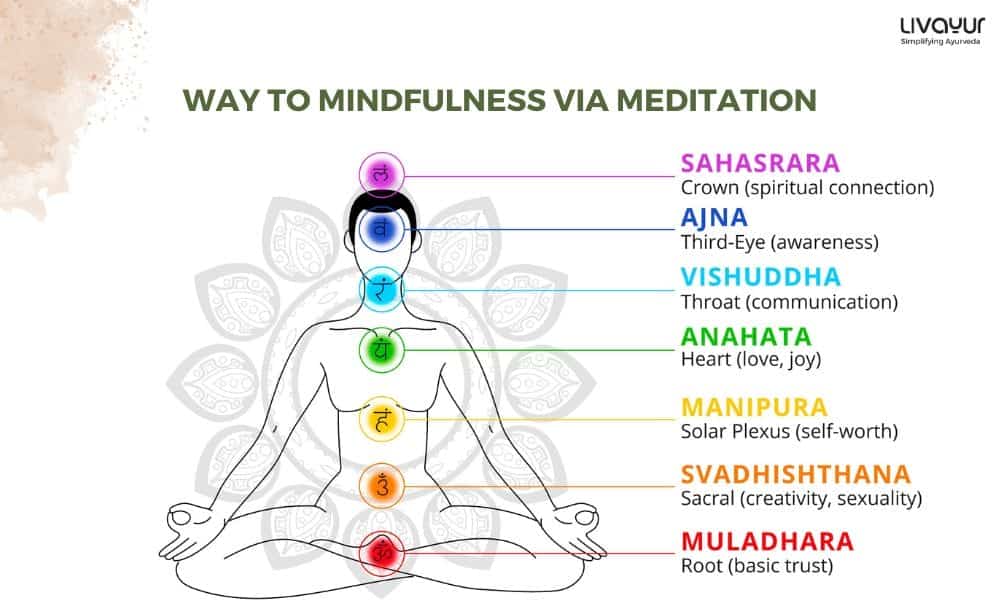
There’s always so much going on in our minds. The pattern of thoughts can run from anywhere – thinking about how to get the things done, what to cook for dinner, reflecting on past events or mulling over the future possibilities. However, if our mind gets over-engaged in swirling thoughts and emotions very often, then it can throw our life out of balance and make us feel anxious, frustrated and overwhelmed. If you think you relate with this, then it’s time you practice Mindfulness!
The Fundamentals of Mindfulness
Mindfulness is a state of mind that involves focusing fully on “the present”. Mindfulness can be achieved by practicing various meditation techniques where you train your mind to slow down, keep out the negativity, acknowledge your feelings and calm your mind. To put it simply, mindfulness is the ability to be fully aware of where we are, what we are doing and noticing our thoughts and emotions.
Practicing mindfulness help reduce stress, anxiety, improve memory and focus and promote self-regulation and better mental health.
In a most significant study by Harvard researchers, it was found that participants who practiced mindfulness meditation for 8 weeks reported increased sense of clarity while non-meditators did not. The MRI scan of the meditators also showed an increase in the grey matter in the brain, which is associated with focus and attention.
To practice mindfulness, you do not require any special preparation such props, essential oils, or candles. All you need is a comfortable place to sit, some moments of quiet time for meditation and a mindset devoid of distraction and judgment.
Simple Ways to Practice Mindfulness
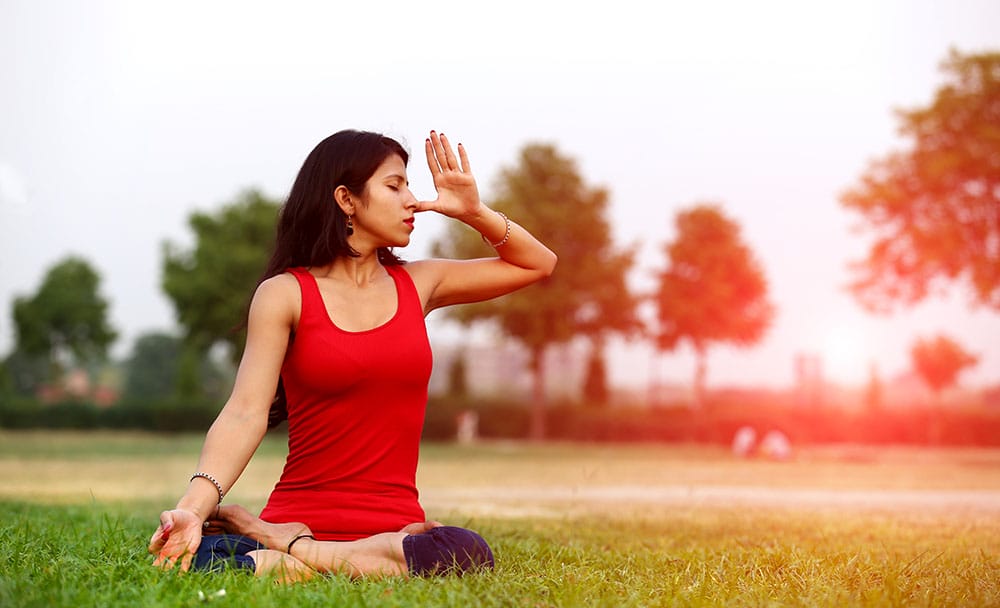
One Minute – Relaxation Technique
This quick one-minute meditation technique can be practised when you are feeling anxious, stressed out or panicked. It helps to activate the parasympathetic nervous system, which controls our rest state.
This breathing technique involves regulating the breath by exhaling longer! This signals the body to go in the “rest and digest” mode as opposed to the “fight or flight” mode (which happens during high levels of stress or anxiety). On practising this meditation technique, your mind becomes attuned to your body and start responding to any situations of life thoughtfully such as a heated argument or preparing for the presentation.
How to Practice:
- Sit down in Padmasana or Sukhasana preferably. You may also sit on a chair with feet touching the floor
- Close your eyes
- Take a deep breath with a count of four
- Exhale with a count of eight
- During inhaling, visualize positivity entering your body
- As you exhale, imagine all stress, negativity floating away
- Repeat the process five times
Seven Minutes Mindfulness Breathing Meditation
This meditation technique should be practised twice a day to develop better focus, attention and achieve a greater sense of clarity of thoughts and calmness of mind. You can think it of as an exercise for your brain that will help you live in the moment, control your mind and enhance your state of awareness.
How to Practice:
- Sit comfortably, with your spine straight and eyes closed
- Now inhale and exhale slowly, count your breathe from one to ten
- After reaching ten, repeat the process
- Repeat this cycle five times
- While breathing, visualize oxygen moving through your respiratory system, cleansing and purifying every part of your body.
This article is reviewed by Suchitra Marwah




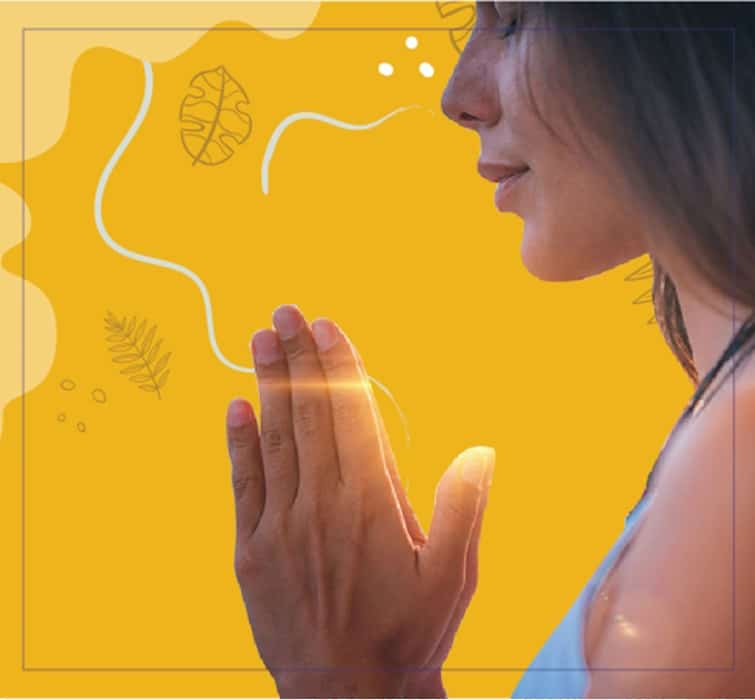









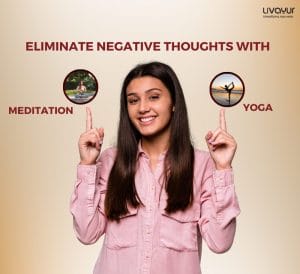


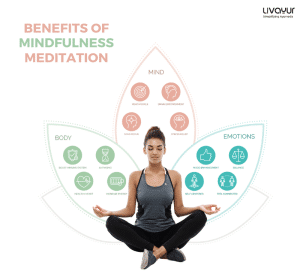








5 Comments